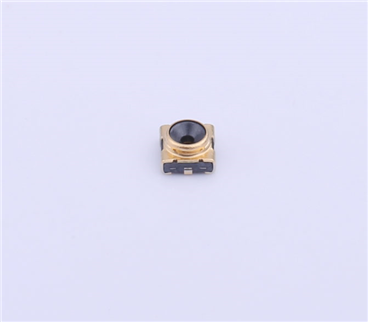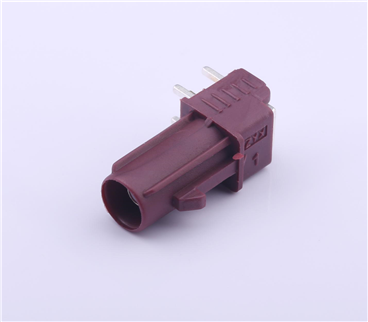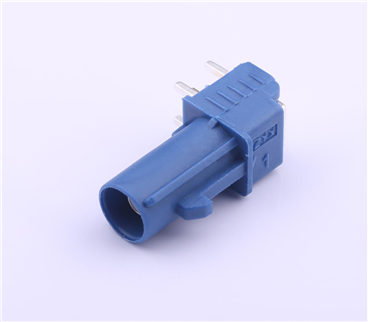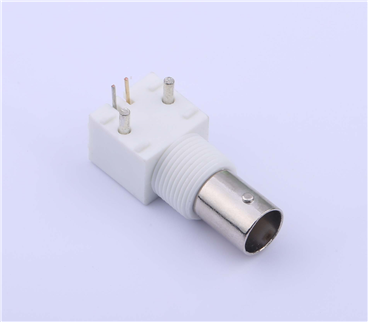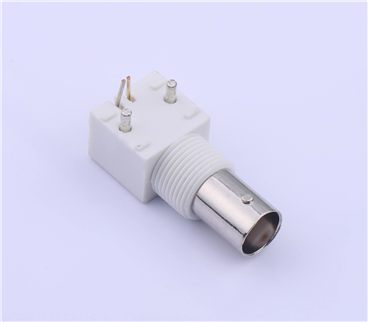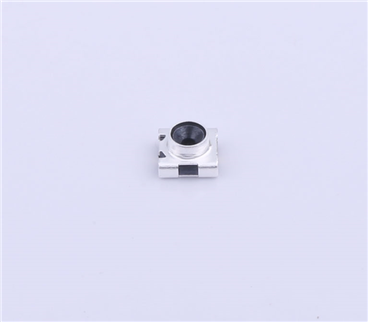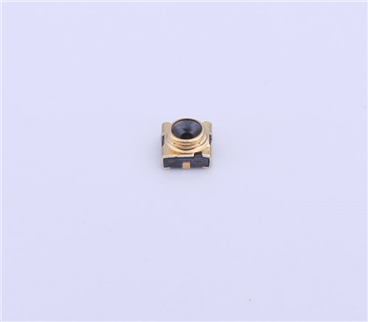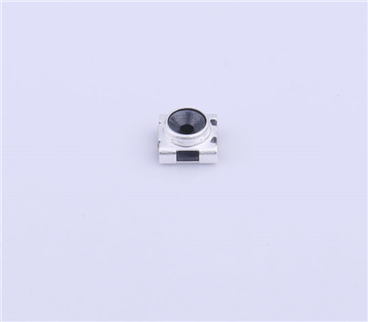Service hotline
+86 0755-23615795
Release date:2025-07-16Author source:KinghelmViews:58
In wireless communication system design, accurately calculating the transmission distance of communication antennas is a critical step to ensure stable signal coverage. Whether for outdoor base station deployment, UAV video transmission, or industrial IoT applications, it is essential to derive the coverage range using theoretical formulas. This article explains the transmission distance calculation formula for communication antennas, the key influencing parameters, and practical correction methods, helping you quickly complete distance estimation.
1. Core Factors Affecting the Transmission Distance of Communication Antennas
The transmission distance of a communication antenna is not fixed but jointly determined by the following factors:
l Transmit power (Pt): The output power of the device (unit: dBm). The higher the power, the longer the theoretical transmission distance.
l Receiver sensitivity (Pr_min): The minimum signal power the receiving device can detect (unit: dBm). The lower the sensitivity value (e.g., -110 dBm is better than -100 dBm), the weaker distant signals it can still receive.
l Antenna gain (Gt, Gr): The ability of the transmitting (Gt) and receiving (Gr) antennas to concentrate and amplify signals (unit: dBi). Higher gain means stronger focusing power.
l Operating frequency (f): Higher frequency signals attenuate faster in space (e.g., 28 GHz attenuates more than 2.4 GHz).
l Propagation losses: Including free space loss, obstacle loss (e.g., trees, buildings), and weather loss (rain, fog, etc.).
Among these, the free space propagation model is the basis for calculating transmission distance in ideal, unobstructed environments.
The free space model assumes signal propagation in an ideal environment with no obstructions or reflections. The formula linking received power (Pr) and transmission distance (d) is:
(a) Basic Formula:

Where Ls is the free space propagation loss, calculated as:

Or, using wavelength (λ = c/f, c ≈ 3×10⁸ m/s):

(b) Parameter Explanation:
|
Parameter |
Meaning |
Unit |
Example |
|
Pt |
Transmit power |
dBm |
Wireless bridge transmit power: 20 dBm |
|
Gt/Gr |
Transmit / Receive antenna gain |
dBi |
Directional antenna gain: 14 dBi |
|
Ls |
Free space loss |
dB |
~80 dB at 1 km |
|
Pr_min |
Receiver sensitivity |
dBm |
-110 dBm |
|
d |
Transmission distance |
meters (m) |
Target to calculate |
|
f |
Operating frequency |
Hz |
2.4 GHz (2.4×10⁹ Hz) |
(c) Derived Formula for Transmission Distance:
When Pr equals Pr_min, the corresponding distance is the theoretical maximum transmission distance. We derive:

Known parameters:
l Pt = 20 dBm
l Gt = 10 dBi
l Gr = 10 dBi
l Pr_min = -110 dBm
l f = 2.4 GHz (λ ≈ 0.125 m)
Step:

Then calculate distance with the formula.
Note: This is the theoretical distance in ideal free space. In practice, the actual distance is often only 1/10–1/50 of the theoretical value due to environmental factors.
The free space model does not account for real-world losses. We must add an additional loss factor (L_extra):

(a) Typical Additional Loss Types & Values:
|
Loss Type |
Typical Value (dB) |
Scenario |
|
Obstacle loss |
10–30 dB |
Passing through a brick wall |
|
Obstacle loss |
20–40 dB |
Passing through a concrete building |
|
Tree loss |
5–20 dB |
Dense forest (10–50 m wide) |
|
Rain loss |
5–15 dB/km |
Heavy rain (especially >10 GHz) |
|
Multipath fading |
5–15 dB |
Urban areas with reflections |
(b) Practical Example with Correction:
Using the same 2.4 GHz device parameters, assume the signal passes through one brick wall (L_extra = 20 dB):

Then calculate the new distance with the formula.
This result is closer to real-world scenarios (e.g., WiFi coverage behind a wall).
1. Transmit power: Every 3 dB increase roughly doubles the distance (e.g., 20 dBm → 23 dBm: 3 km → 6 km).
2. Antenna gain: Every 3 dB increase raises distance by ~1.4× (e.g., 10 dBi → 13 dBi: 3 km → 4.2 km).
3. Frequency: Higher frequency increases loss. E.g., 5 GHz vs 2.4 GHz has ~7 dB more loss, distance shrinks by ~40%.
4. Receiver sensitivity: Improving by 3 dB (e.g., -110 dBm → -113 dBm) increases distance by ~1.4×.
1. Ignoring environmental losses: Directly using free space formulas often greatly overestimates range; must include loss factors.
2. Polarization mismatch: Different antenna polarizations (e.g., vertical vs. horizontal) cause 10–30 dB extra loss; ensure alignment.
3. Higher gain isn't always better: High-gain directional antennas require precise aiming; slight misalignment (>5°) can greatly reduce signal.
4. Dynamic environments: For mobile devices (e.g., vehicle antennas), account for multipath effects and obstacles by adding 10–20 dB safety margin.

The core calculation of communication antenna transmission distance is based on the free space propagation model, using transmit power, antenna gain, receiver sensitivity, and frequency. For real applications, additional environmental losses must be included. Mastering this calculation logic helps plan coverage areas scientifically during base station deployment or equipment selection, avoiding problems of “coverage gaps” or “wasted performance.”

